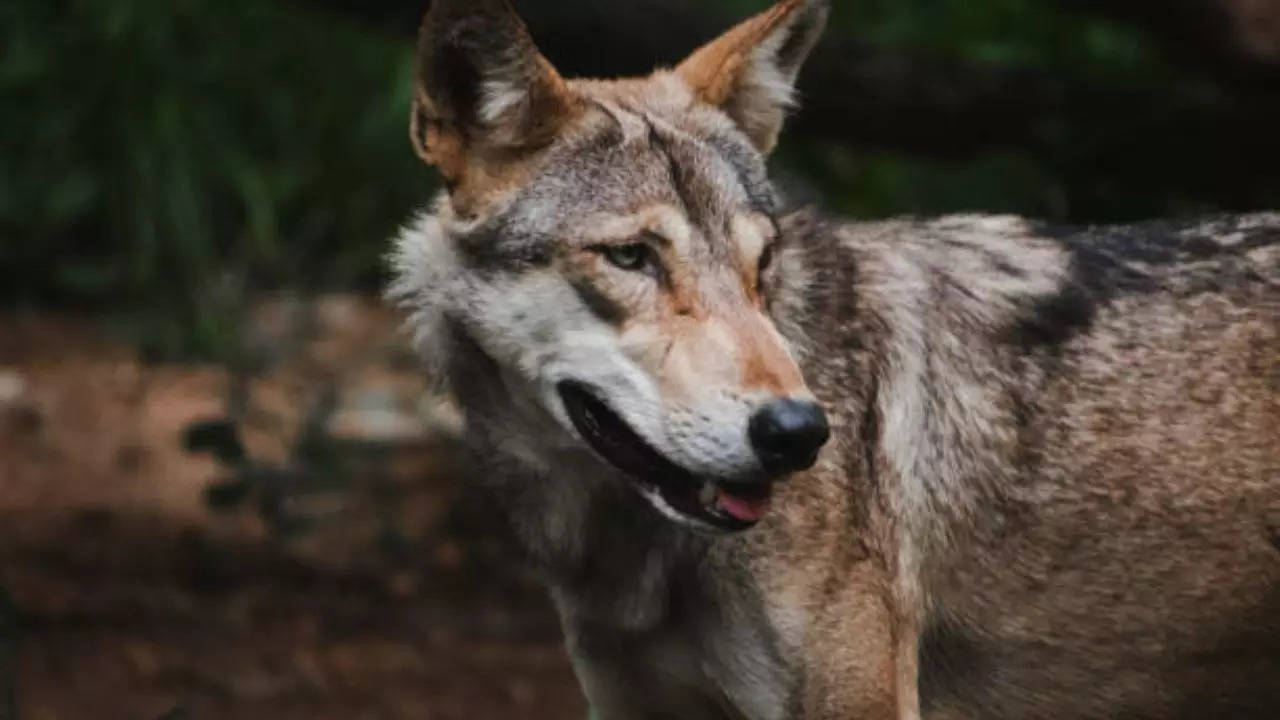
Kolkata: A detailed study on the elusive Indian wolf population in South Bengal has revealed the presence of approximately 15-24 wolves near the industrial town of Durgapur, less than 200 km from Kolkata, in West Burdwan. According to a Times of India report, these wolves, distributed across three packs of approximately five to eight members each, have been studied through camera traps set in forests within a 5-20 km radius of the town.
The Indian wolf (Canis lupus pallipes) is a subspecies of the grey wolf. They naturally range across Southwest Asia and the Indian subcontinent and are considered endangered on the International Union for Conservation of Nature (IUCN )
Red List, the TOI report mentioned. The study falls under the Indian grey wolf conservation project in West Burdwan, funded by WWF-India through the Conservation Catalyst Programme and carried out by the local NGO Wildlife Information and Nature Guide Society (WINGS).
Arkajyoti Mukherjee, a principal investigator said, "In our earlier work, we recorded a pack of wolves in the Madhaiganj area (with eight wolves). Now, we have found the presence of wolves in Kantaberia, Bihra, and Garh Jungle and nearby forest patches," as quoted by Times of India. He particularly mentioned their observations of two wolves together on camera traps, occasionally spotting three during direct sightings.
Sagar Adhurya, another principal investigator, said that wolves serve as apex predators in these ecosystems, and their presence in human-dominated landscapes highlights their adaptability. "However, their dependency on livestock makes them more prone to retaliatory killing," Adhurya added, as quoted by TOI.
Manish Kumar Chattopadhyay, lead field expert, suggested conducting preliminary awareness campaigns across 14 areas to gauge local knowledge about wolves. Several small-scale awareness initiatives were carried out in Madhaiganj and Saraswatiganj villages, according to the TOI report.
Chattopadhyay said, "From January (next year), we will focus more on the campaigns. We have established village committees to conserve this Schedule I species. Until January, we are concentrating on gathering 'relative abundance' data across the West Burdwan district and identifying areas of maximum conflict," as quoted by TOI.
Mukherjee explained that "relative abundance" measures how rare or common a species is compared to other species in a specific location. He informed that this data would be ready for presentation by January.
Mukherjee added, "For absolute abundance (total number of the species in a given area), DNA analysis is necessary, and we have requested WWF support. Relative abundance assessments rely on camera-trap images and direct sightings that provide morphological characteristics," as quoted by TOI. He also mentioned that Kalyan Das, ex-IFS officer and officer on special duty, has been serving as project advisor.
Mukherjee described deploying at least 10 trap cameras at strategic locations across four to five pockets with wolf packs. Adhurya explained, "Our objective is to determine pack sizes and identify movement patterns," as quoted by TOI.
The TOI report noted that the Zoological Survey of India (ZSI) previously conducted wolf abundance research in Purulia, Bankura, and West Midnapore. A recent Wildlife Institute of India (WII) study estimated around 3,000 Indian wolves remaining in the wild, the TOI report added.

